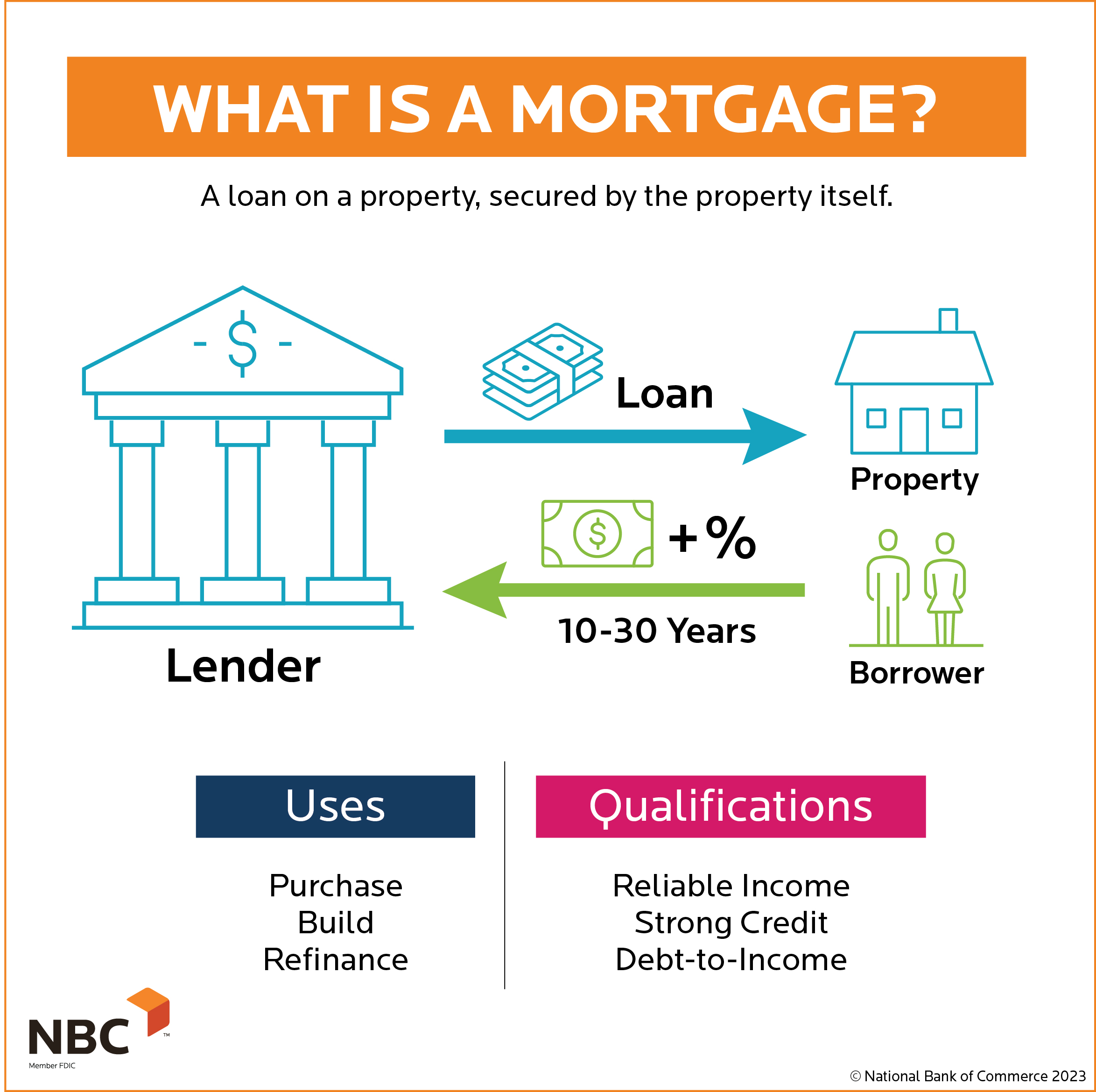The Essential Elements to Take Into Consideration When Picking In Between Fixed-Rate and Adjustable-Rate Home Loan Financings
When examining mortgage alternatives, debtors encounter an essential choice in between adjustable-rate and fixed-rate loans, each providing unique benefits and potential mistakes. Secret considerations such as rate of interest security, predictability in regular monthly repayments, and the ramifications of potential rate changes can significantly influence lasting monetary health. Additionally, recognizing the awaited period of homeownership and the total cost of borrowing can shape one's method. As these elements intertwine with individual financial scenarios and run the risk of tolerance, the effects of this choice might not be as uncomplicated as they seem. What nuances should be prioritized in this important decision-making procedure?
Rate Of Interest Price Stability
When selecting a home mortgage, understanding rate of interest stability is critical for notified decision-making. Rate of interest can dramatically affect the overall expense of a home mortgage, and acknowledging the nature of these rates is necessary for borrowers. Fixed-rate home loans offer the benefit of constant month-to-month payments over the life of the financing, protecting customers from market variations. This stability allows home owners to plan their finances with higher assurance, as they will not be affected by increasing rate of interest.
On the various other hand, adjustable-rate mortgages (ARMs) begin with lower preliminary prices that might transform occasionally based upon market conditions. While this can lead to lower repayments originally, it additionally presents uncertainty, as customers may face raised payments if interest rates rise. For those considering an ARM, it is vital to examine the probability of rate modifications, the capacity for payment boosts, and the length of the initial fixed-rate period.
Ultimately, the choice between fixed-rate and adjustable-rate home loans rests on individual risk tolerance and financial circumstances. Understanding rate of interest stability aids debtors make notified decisions that straighten with their long-term economic objectives.
Month-to-month Payment Predictability
While consumers typically focus on rate of interest stability, the predictability of month-to-month payments is equally important in the home mortgage choice procedure (Conventional mortgage loans). Month-to-month settlement predictability plays an essential function in budgeting and financial preparation, as it directly affects a home owner's capital and total financial health
Fixed-rate home mortgages provide a consistent regular monthly repayment throughout the life of the finance, allowing consumers to anticipate and intend their expenses properly. This security can be particularly advantageous for new property buyers or those on a fixed revenue, as it eliminates the uncertainty related to changing settlements.
On the other hand, adjustable-rate mortgages (ARMs) usually include lower first payments that can alter with time, leading to prospective irregularity in monthly obligations. While initially attractive, this unpredictability can make complex economic preparation, especially if debtors do not represent future rate modifications.
Potential Rate Changes
In the realm of variable-rate mortgages (ARMs), potential rate changes represent a considerable variable that borrowers must very carefully take into consideration. Unlike fixed-rate home mortgages, where the rates of interest remains unchanged for the life of the funding, ARMs are identified by rising and fall passion prices that are tied to market indices. This irregularity can lead to substantial changes in monthly payments, impacting the borrower's economic preparation and budgeting.
Customers must be mindful of the margin why not try these out and index made use of to calculate these changes, as they directly influence future rate of interest prices. Additionally, ARMs usually consist of caps that restrict exactly how a lot the passion rate can raise at each modification and over the life of the lending, which can give some level of defense against radical rate walkings.
Understanding these possible changes is critical for customers, as they straight affect long-lasting settlement commitments. Therefore, examining personal monetary scenarios and run the risk of resistance is important when determining whether an ARM lines up with one's economic goals.
Loan Term Considerations
Financing term considerations play an essential role in the decision-making process for debtors picking between fixed-rate and adjustable-rate home mortgages. The size of the car loan term significantly impacts monthly repayments, rate of interest, and total financial planning. Fixed-rate home loans commonly offer terms of 15 to thirty years, supplying linked here security in monthly payments and predictability in budgeting. This can be particularly appealing for customers that intend to stay in the very same home long-lasting and favor the certainty of set settlements throughout the life of the financing.

Inevitably, debtors need to evaluate their individual circumstances, financial objectives, and market conditions when weighing the effects of finance term options within each mortgage kind.

General Price of Loaning
Fixed-rate home mortgages offer foreseeable regular monthly payments, as the interest rate continues to be continuous throughout the loan term. This predictability can lead to reduced general expenses, particularly in a secure or declining interest price environment.
On the other hand, adjustable-rate home loans (ARMs) typically start with lower initial prices, causing reduced upfront prices. These rates can increase after a preliminary period, leading to potentially higher lasting prices. Consumers have to take into consideration the regularity and level of price modifications, in addition to the general lending duration, to accurately assess the monetary implications.
Moreover, the overall cost of loaning encompasses not only rate of interest yet likewise charges and other connected costs, such as closing prices and insurance (Conventional mortgage loans). For that reason, when assessing home loan choices, debtors must conduct a complete price evaluation like this over the life of the financing. By doing so, they can make an enlightened decision that lines up with their economic goals and risk resistance
Conclusion
In conclusion, picking between fixed-rate and adjustable-rate home loan requires careful consideration of numerous essential elements. Rates of interest security and monthly settlement predictability are critical for efficient budgeting, while the potential for rate adjustments in ARMs presents financial unpredictability. Additionally, the expected period of homeownership and the overall expense of borrowing, consisting of rates of interest and linked costs, should straighten with individual monetary conditions and risk resistance. Such a thorough analysis will assist in enlightened decision-making in mortgage selection.
Trick considerations such as rate of interest price security, predictability in monthly repayments, and the effects of potential rate adjustments can considerably affect long-lasting economic wellness. Rate of interest rates can considerably influence the general price of a home mortgage, and recognizing the nature of these rates is vital for customers. Unlike fixed-rate mortgages, where the passion price continues to be unchanged for the life of the finance, ARMs are defined by changing interest rates that are connected to market indices. Additionally, ARMs often consist of caps that restrict exactly how much the interest rate can raise at each modification and over the life of the financing, which can give some degree of protection versus radical price hikes.
Passion rate security and regular monthly payment predictability are paramount for reliable budgeting, while the possibility for price modifications in ARMs presents economic uncertainty.